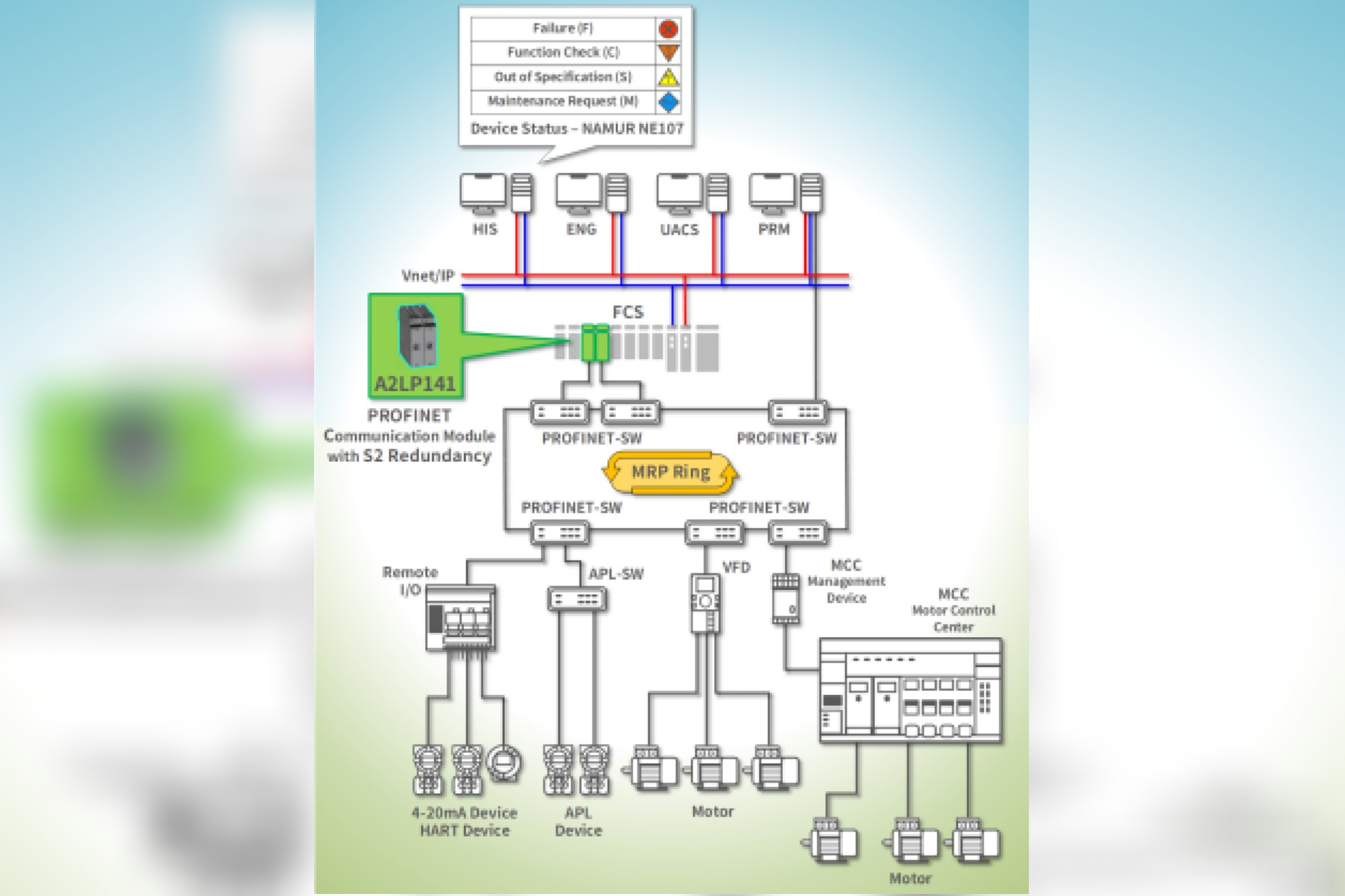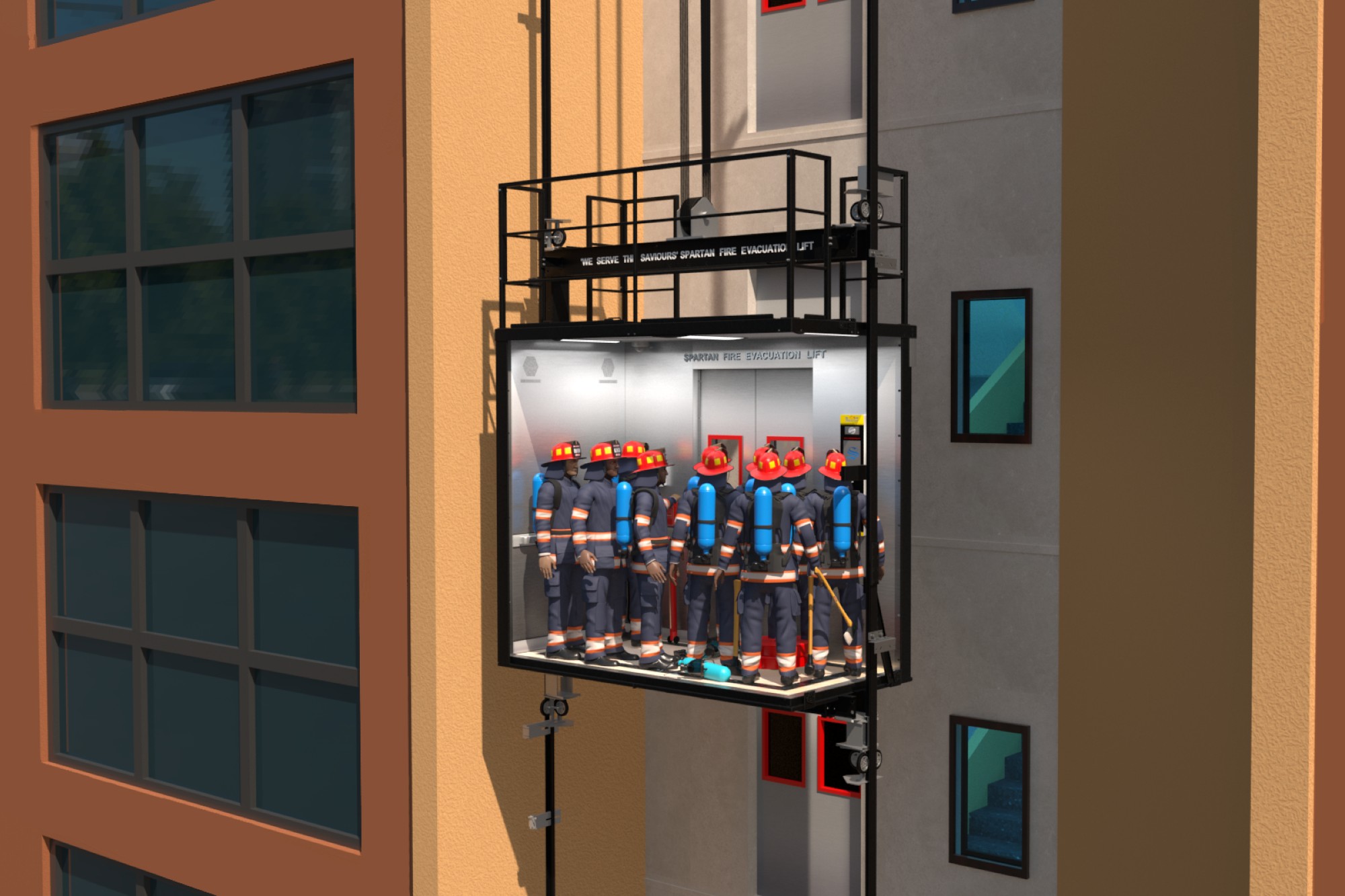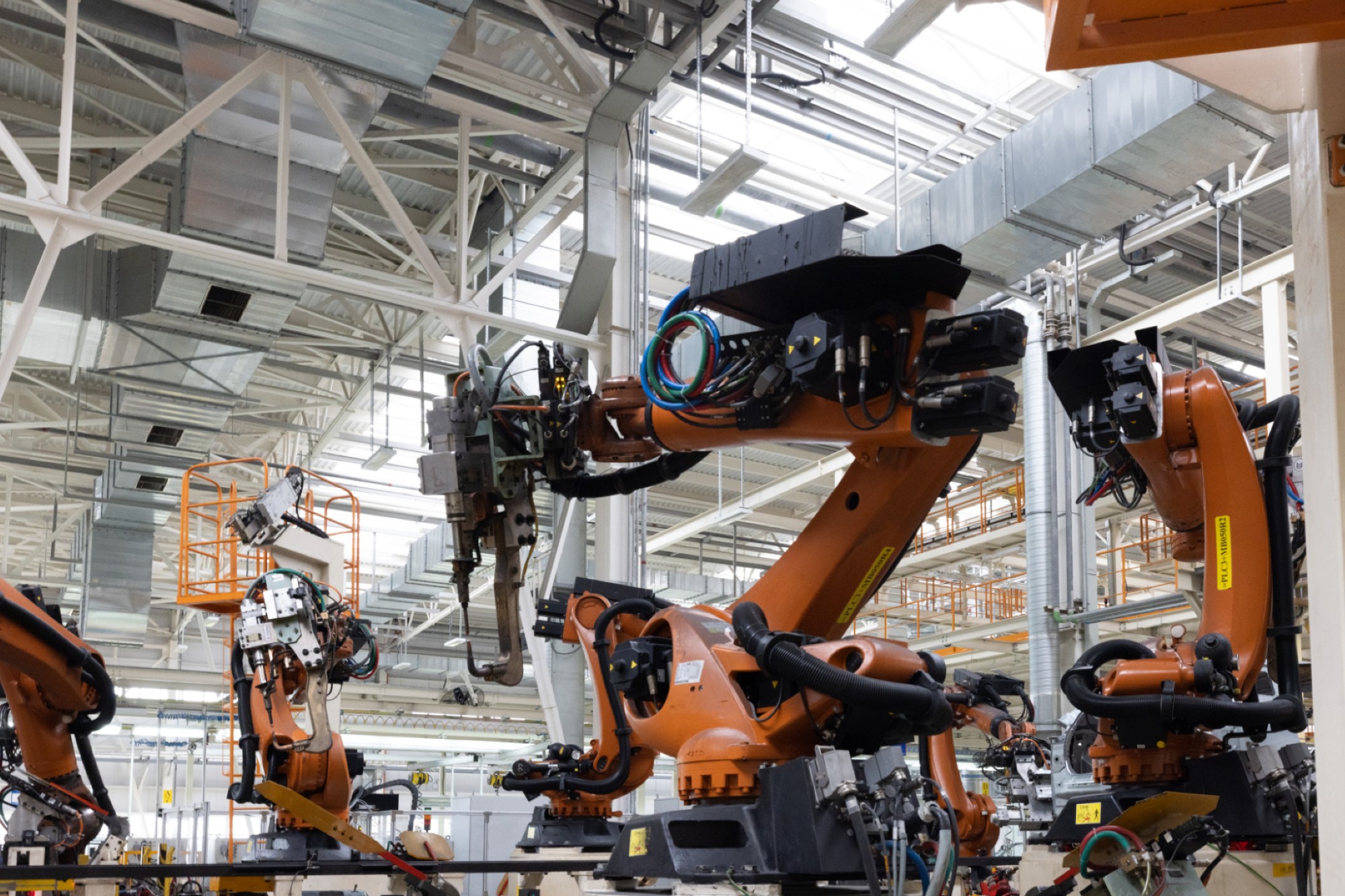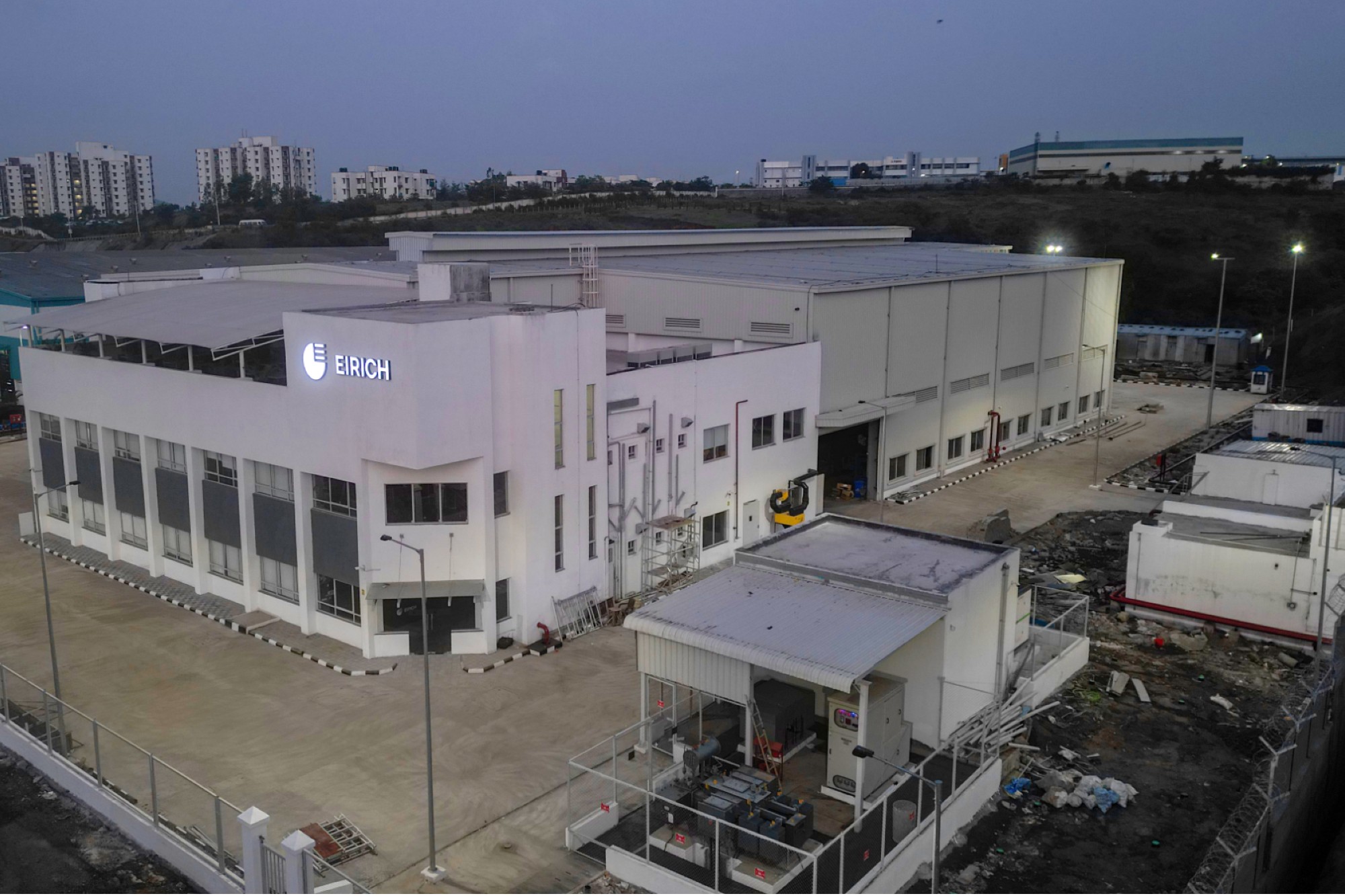‘Chemical industry lacks innovation’
By admin June 22, 2011 6:08 am
According to Dr. Joerg Strassburger, MD and country representative of LANXESS India, “Most Indian companies lack a global platform for production, distribution and are ill‑equipped to serve the needs of a global market”. He has also noted that lack of innovation is another key parameter that hinders the growth of the Indian chemical industry.
The Indian chemical industry forms the backbone of the industrial and agricultural development of India and provides raw materials, intermediates and building blocks for several downstream industries like pharmaceuticals, construction, paints and coatings, automobiles, tyres among others. Speciality chemicals are an indispensable part of everything that surrounds us – the houses we live in, the offices we work in, the cars and the vehicles we ride, the food we eat and so on.
This implies that the potential for the Indian speciality chemicals industry would be triggered by a strong domestic demand supported by the large rising middle class household consumption and increase in discretionary spending by these households. Also the current levels of penetration of goods in India is rather low, an increase in consumption of the goods by the end user industries will boost the growth of the speciality chemicals industry as well. All such industries like construction, automotive, tyre and agrochemicals are growing at very healthy rates currently.
This growth will come following the four megatrends – rapid urbanization, increase in mobility, growth in agriculture in order to fulfil the food needs of a growing population and last but not the least – the need for adequate fresh water for industrial and domestic consumption.
Mobility: Rapid increase in consumption of automobiles and also more vehicles are required for more people. The automotive industry is expected to grow by about 12-14 per cent in 2010-2012. Increase in mobility would generate more demand for tyres. Modern tyres rely on high-performance synthetic rubber to achieve their superior qualities.
Urbanisation: By 2030, 40 per cent of India’s population will live in cities. This will increase purchasing power and increase the consumption of goods amongst people. This would trigger demand for all our products.
Water: There is lack of sufficient clean water across the planet. Population growth, pollution and climate change will make water as valuable as oil in the next few decades. Studies show that water demand will outstrip current supply by roughly 40 per cent in 20 years. The areas in which optimization of water as a resource would be required – purification of water, waste water treatment, water treatment for industrial applications
Agriculture: With the overall increase in global population, the demand for food will increase and hence the need to grow agricultural production. This can be possible through appropriate use of agrochemicals and other intermediates.
A study by McKinsey also suggests that the increase in global demand for speciality chemicals would be impacted by factors like population growth, shifting centres of economic activity, increasing upstream resource constraints and climate change.
The LANXESS’ strategy of following the megatrends, namely mobility, water, urbanization and agriculture is hence very timely and appropriate.
Key demand drivers
As Indian economy is witnessing a very high growth rate in all segments particularly driven by a burgeoning middle class, fiscal stimuli by the government and increased spending on infrastructure, there will be an in – tandem growth in segments like automobiles, plastics, pharmaceuticals, construction, food processing, domestic and industrial appliances among others. This would trigger a high demand for basic chemicals, speciality chemicals and advanced intermediates from the chemical industry.
India is also becoming an export hub for speciality chemicals and knowledge chemicals. The re-engineering capabilities and the lower cost of production make India a favourable destination for sourcing activities from companies all over the world.
Challenges
In India, a significant part of the chemical industry is unorganised, fragmented in nature and is small scale in operations. Most Indian companies lack a global platform for production, distribution and are ill-equipped to serve the needs of a global market. Lack of innovation is another key parameter that hinders the growth of the Indian chemical industry. Additionally, rise in the prices of crude oil in the recent past, cost of power and the fluctuation in the exchange rates have also hampered the volume of exports.
A consolidation in the industry which creates strategically better positioned players is required to be able to do the necessary investments, particularly in aspects like technology, environmentally safe production and to be able to capture opportunities in the domestic and export markets.
Environmental protection, health and safety issues are also the key areas that chemical companies have to address with greater focus. In this regard, the chemical industry has a very significant role to play in matters of compliance with rules and regulations, drafting of policies for internal and external stakeholders, adopting safe dumping practices, having transparent and audited governance, ensuring highest safety standards in manufacturing, packaging, distribution and handling etc. The Indian chemical industry needs to mature far more in this area to be able to really make a mark on the global platform.
Cookie Consent
We use cookies to personalize your experience. By continuing to visit this website you agree to our Terms & Conditions, Privacy Policy and Cookie Policy.
















